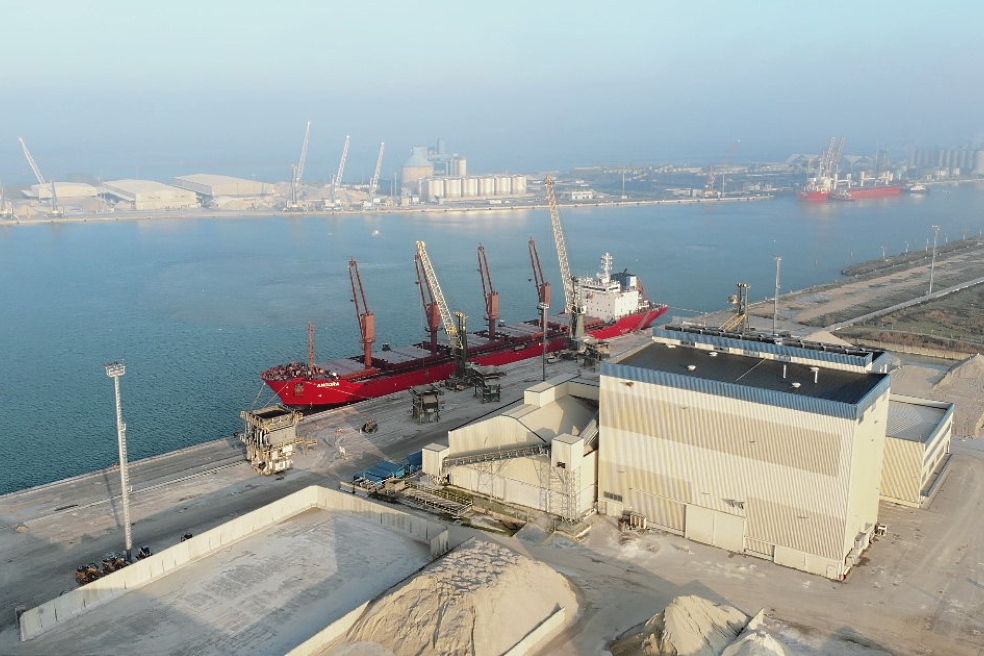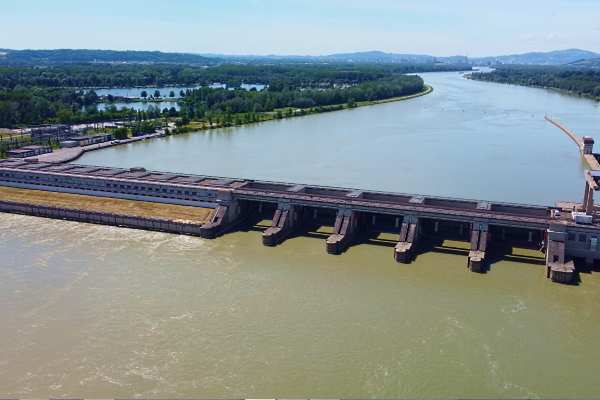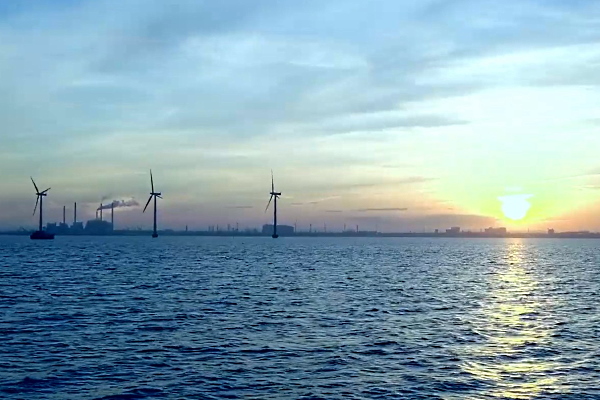To consider an application for financing, fill out the form and send it to us by e-mail along with the project brief, or contact our experts
Without them, it is impossible to quickly overcome the economic crisis, accelerate the implementation of strategic projects and ensure a positive social effect.
Foreign capital requires incentives and guarantees for investors, including their active participation in the management of business processes.
Each investment of funds takes place and develops in a specific and unique internal and external socio-economic and political environment.
The motivation of modern investment requires a systematic approach to its research. Several factors simultaneously affect the inflow of foreign investment, including political, economic (currency, inflation, costs, market conditions), social, technological, and the like.
The listed factors act on the economy not in isolation, but in interaction.
Investing in India requires reliable legal support, in-depth marketing research, a detailed feasibility study and a professional business strategy.
Project finance is becoming one of the important tools for the safe implementation of investment projects in India.
Features and benefits of project finance
Despite the widespread use of project finance services around the world, scientists and practitioners consider its essence in different ways.Listed below are several definitions of PF according to Indian and foreign financiers:
• Funding based on the viability of the project itself, excluding assets and solvency ratios of participants and guarantees of loan repayment by third parties.
• Financing an investment project, in which the source of debt repayment is the cash flows generated as a result of the implementation of the investment project.
• Funding secured by the economic and technical viability of an enterprise that generates cash flows sufficient to service its debt.
From the above definitions, it follows that project finance is distinguished by a special way of securing a loan, which is based on the confirmation of the feasibility of obtaining the planned cash flows.
This is achieved by identifying and distributing the entire range of risks associated with the project between the parties involved in its implementation (contractors, financial institutions, government agencies, suppliers and consumers of products).
So, project finance can be considered directed lending for the implementation of an investment project without recourse or with limited recourse to the borrower, provided against the future cash flows of this project and its assets.
Indian financiers define several features of project finance as a separate type of investment activity:
• Financing real investment projects, which are subject to increased requirements in terms of financial stability and reliability.
• Isolation of the investment project from the initiator company, which allows you to evaluate the cash flows of the project itself, and not the activities or assets of the initiator.
• Use of the full range of methods of financing investment projects, including debt and equity financing, as well as other innovative products and instruments.
• The recipient of the borrowed funds must be an independent company (SPV), whose funds will be used as a resource to pay off debts in the future.
• Investment risk is distributed among all parties involved in the implementation of the project (in other words, the risk is borne not only by the bank that provided the funds, but also by the entrepreneur who plans to attract these funds).
• A detailed business plan, supported by a package of financial research and expertise, which the investor uses when making decisions about the placement of funds.
Modern project finance services in India has absorbed the typical characteristics of European financial instruments that have evolved over many decades.
Understanding the current concept is almost impossible without knowing the prehistory of the PF.
In the early 1930s, the first PF mechanisms were involved in the development of oil fields in the United States. Throughout the 1970s, due to exploration and large-scale exploitation of oil and gas reserves in the North Sea, project finance schemes began to be applied in Europe.
In these projects, the funds needed to develop oil fields were provided in the form of a long-term bank loan against oil reserves.
With the start of oil production, borrowers had to pay off the debt using the funds received from the sale of oil. The bank's main financial risk was a possible shortage of oil reserves to pay off the principal and interest on it.

Subsequently, project finance has given impetus to the development of renewable energy, environmental projects, mining and heavy industries.
PF tools are widely used in India and other countries of the world for the development of mineral deposits, the construction of power plants, chemical plants, etc.
All these are industries and areas that require significant investments.
The growth of project finance has significantly influenced the behavior of banks and other financial institutions, which have become more active in the construction and operation of capital-intensive facilities. They selected profitable projects in order to finance them without recourse or with limited recourse to the borrower, looking over the increased risks.
Until the 1980s, energy and resource projects, especially oil development, formed the backbone of the project finance portfolio of the world's largest banks.
However, the fall in oil and gas prices depreciated this direction of the banks' activities. This led to the rapid spread of project finance tools to other areas and industries, including high-tech industries, mining, tourism and entertainment (hotels, casinos, water parks, and others).
Also, project finance became widespread in international practice from the late 1970s to the early 1980s in large export-import and investment operations.
The use of this form of financing, which provided for the attraction of investors, allowed the initiators of investment projects to reduce the debt burden, establish long-term relationships with suppliers of equipment and materials. An important advantage of using PF was the reduction of risks associated with the supply of equipment, commissioning, financial support from national authorities and international credit organizations.
The deep global crisis that began in 1982 significantly affected the debt status of developing countries (including India), which led to a reduction in their lending against sovereign guarantees.
Commercial banks have actually stopped providing medium and long-term lending to such countries.
This required new solutions for financing capital-intensive projects.
The high rates of economic growth characteristic of the world economy in the first half of the 1990s led to a great need for various forms of project financing.
Most of all, this need was typical for the markets of developing countries. Before the world financial crisis of 1997-1998, the countries of Southeast Asia remained the leaders in the global project finance market. When they lost their leadership in project finance, the United States and Western European states became leaders again.
However, in recent years, Asian and Eastern European countries are again striving to ensure high rates of economic growth by attracting foreign investment.
This applies primarily to such Asian countries as China, India, the Philippines, Indonesia, as well as the countries of the former Eastern Bloc, where the pace of investment has become noticeable against the global background.
Nowadays, PF is one of the most common forms of attracting and organizing investments in the real sector of the economy in both industrialized countries and developing countries.
A classic example of the use of project finance with limited recourse to the borrower is the Eurotunnel project.
The investment stage of the project (construction of a 50 km long tunnel under the English Channel between Great Britain and continental Europe) was completed in 1993. The project cost reached 60 billion francs. This is the first case of a large infrastructure project based on private capital without government guarantees.
To implement this project, a special design company was created.
The share capital of SPV reached 10 billion francs, which were mobilized through the issue of French-British securities.
SPV also received an international loan of 50 billion francs (main loan 40 billion francs and a stand-by loan of 10 billion francs). 50 reputable international banks acted as guarantors. The lender was a banking syndicate of 209 banks. The loan was provided on the terms of limited recourse to the borrower, and the debt repayment was provided only using the future cash flows of the project.
With a maturity of 18 years, the loan agreement provided for the payment of 1.25% per annum in excess of the base rate in the period before the completion of the construction of the facility, then 1% per annum after the commissioning of the facility and another 1.25% per annum after 3 years of operation of the tunnel in case of failure payback indicators of the project.

In addition, the banks required that SPV funds (equity capital) be used to a large extent at the initial stage of construction, and the use of loan funds was planned for the next stages.
The analysis of financing large-scale investment projects in developed countries has brought a lot of new things for India. Today, many different project financing schemes are used in practice.
These schemes can be classified according to various criteria, as listed in the table below.
|
Classification of project finance instruments
|
||
| The degree of risk to the lender | Resource mobilization method | Type of lender |
| Project finance without recourse to the borrower | Using the internal resources of the companies participating in the project | Banks and syndicates |
| Project finance with limited recourse to the borrower | Using long-term bank loans | International financial institutions |
| Project finance with complete recourse to the borrower | Financing through investments (placement of shares in the primary market) | Individuals and companies |
| Financing through a bond issue | ||
| Leasing use | ||
In real life, mixed, combined forms of project finance prevail.
Each specific project is difficult or almost impossible to attribute to one of the listed groups.
PF as a type of large-scale financing for real investments has proven to be a successful way to raise funds for investment projects in developed countries, but India still has a long way to go for perfection.
Link Bridge Financial LTDA, a company with an international presence, is ready to help you finance investment projects in India and other countries.
We offer flexible financing terms, SPV creation and registration, project management from A to Z, as well as full legal and financial support of transactions.
Problems and prospects of project finance services in India
Project finance is the accumulation and distribution of funds in accordance with the needs of a specific project with the expectation of obtaining sufficient cash flows to return long-term investments and receive profit in the future.As a specific financial instrument, project finance is closely related to the activities of foreign and Indian banks, as well as the activities of local and international investment funds and other financial institutions.
The purpose of the article is to study the essence and features of project finance and the conditions for its application in India in modern economic realities.
Today, most banking institutions in the world allocate significant funds to lend to investment projects, not only as participants, but also as initiators of project financing. This situation is explained by the opportunity for banks to make large profits, as well as improve their own image in the global financial market.
For Indian banks, this line of business is relatively new.
The lack of practical experience in this area prompts the study of the conditions for investment projects taking into account the high risks of their implementation.
Increased competition between financial institutions and the emergence of fundamentally new opportunities to increase their participation in the development of the market prompted banks to look for new ways to increase the profitability of their operations.
One of the directions for solving this problem was the development of new forms of investment activity and an increase in the number of investment operations carried out by banks. As part of the general trend towards the universalization of banking activities, they acquired services that were previously atypical for banks. Among them are the financing of investment projects, consulting, engineering services and the like. In these conditions, the participation of banks in PF schemes has significantly expanded.

Today, Indian financial institutions are often involved in the development of an investment project or provide clients with professional advice, allocate large funds for the implementation of capital-intensive projects or become co-owners of established enterprises.
Depending on the degree of the bank's participation in project financing, the range of its interests may include project budgeting, feasibility studies, development of a detailed business plan for an investment project and financial monitoring of project implementation.
Project finance assumes that lenders allocating funds for a specific project do not require the provision of a pledge of assets, but agree to wait for the return of funds in the form of future financial flows of the project. Project finance services in India began to be widely used in the construction or modernization of large industrial facilities, road construction, mining, and the like.
Recently, the spectrum of project finance in India has expanded to include social infrastructure and the renewable energy sector, which are both capital intensive but strategically important to the country's economy.
Today, numerous projects are being implemented in the country, including the construction of large transport hubs, power plants and power lines, water supply and sewerage facilities, waste processing plants and much more.
The reasons hindering the development of project finance services in India are listed below:
1) Insufficient level of development of local sources of debt financing in comparison with developed countries. The Indian credit market lacks sufficient funds to finance large-scale capital intensive projects, especially large projects with long payback periods. There is a shortage of experienced specialists in project risk assessment in the country.
2) Certain difficulties with servicing foreign currency debts. The rupee's weakness in relation to the foreign currencies in which debt is serviced (mainly the US dollar) makes it more difficult to attract project finance and makes it more costly.
3) Insufficiently developed legal environment and low legislative stability in the field of coordination and distribution of risks, as well as in the field of loan guarantees and other forms of debt financing obligations. The commercial documentation of project finance in India is complex and requires professional legal advice. All types of obligations and guarantees, distribution of risks and profits, political and insurance risks, and the like should be formalized by law.
4) Lack of required number of project finance specialists in India. Insufficient experience in developing contractual relations of this type negatively affects the quality and timing of financing large investment projects. The situation is compounded by the limited experience of other project finance participants, including financial institutions and contractors.
Today we can conclude that project finance has become a full-fledged separate type of activity of financial institutions and a powerful instrument for financing investment projects in the real sector of the economy.
The development of PF in India, in addition to the listed factors, is hampered by the investment climate, which remains unfavorable for attracting capital and other factors that increase project risks.
This requires the hiring of professional finance teams to successfully implement the project in the local market and ensure the safety of the investment.
In a broad sense, investment projects in India require an integrated approach that takes into account the interests of different parties. The provision of guarantees and insurance of project risks are important components of this approach.
Currently, the government seeks to simplify the implementation of investment projects through a system of government priorities and programs, including tax incentives for investment mechanisms, and the development of interbank cooperation in the field of joint financing of investment projects.
Adaptation of world practice to local conditions, analysis of various project finance schemes used in developed countries and methods of their application are of great importance for the development of project finance in India.
If you are interested in implementing capital intensive investment projects in India or other South Asian countries, contact the LBFL finance team.




























